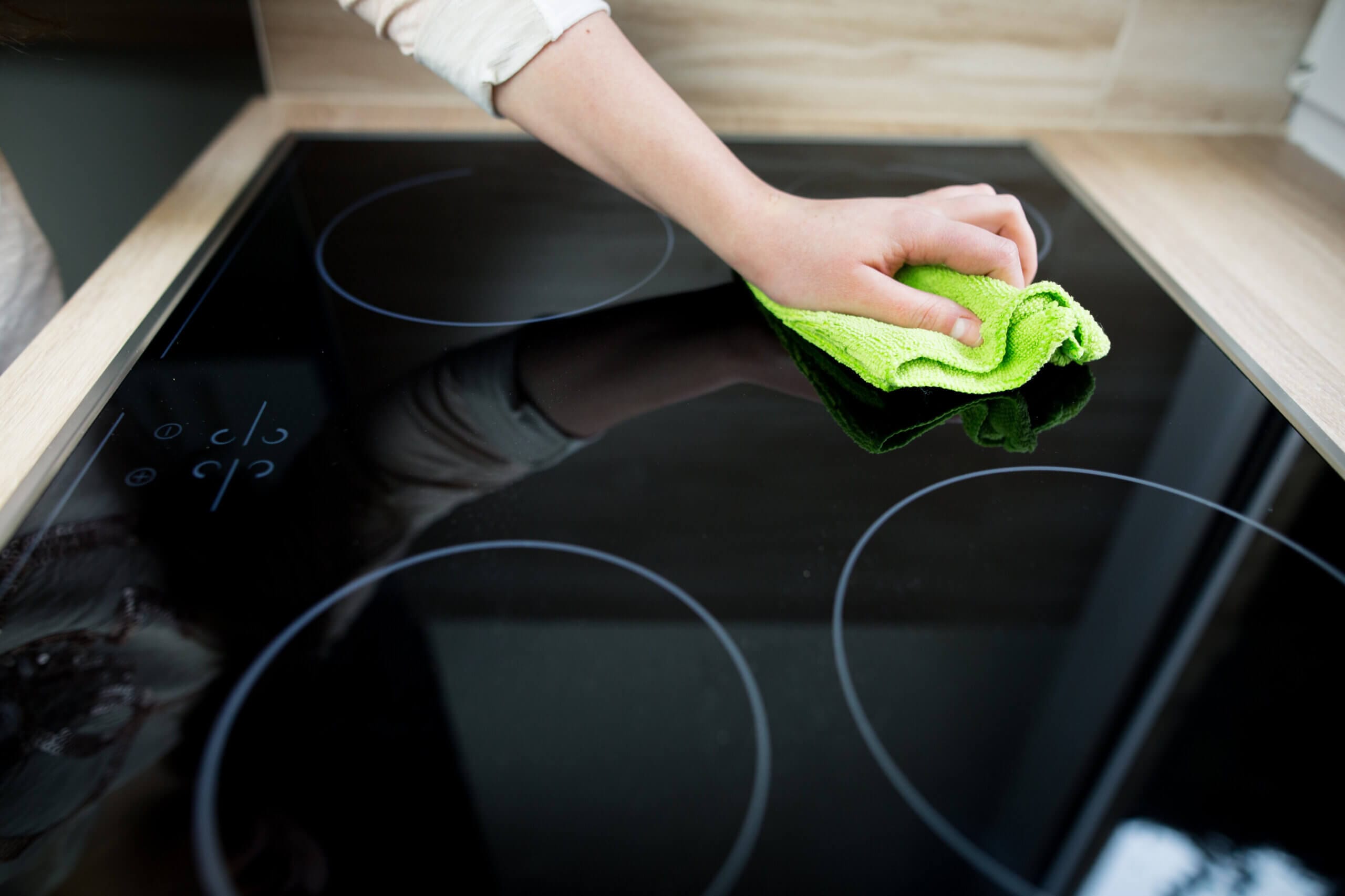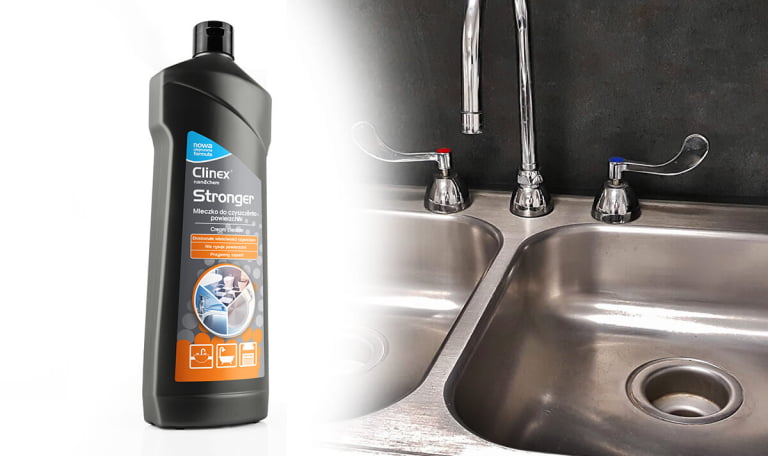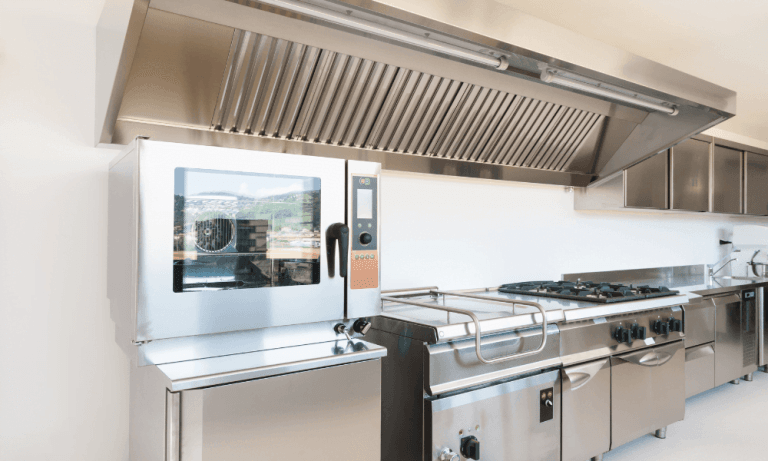When caring for kitchen equipment, it is important to be systematic and follow several important rules. Regularly washing the induction hob after each cooking makes this operation easy and should not cause any problems. Proper care of the delicate surface of the hob guarantees its long life and safety.
From the article you will learn:
- How to clean an induction hob?
- What are the basic rules for cleaning an induction cooker?
- How to take care of your induction hob on a daily basis?
Induction cooker in a professional kitchen
Induction cookers may not be as popular in gastronomy as gas cookers, but they are not uncommon. They have many supporters, and their portable models are perfect for, among others: in food trucks or small bars. They are much more effective – the heat from the source is transferred directly to the vessel, which contributes to lower energy consumption. They are also safe – the risk of burns is much lower than in gas stoves. One of the undoubted advantages of using an induction cooker in a restaurant is the ease with which it can be kept clean. Washing the induction hob should not cause any problems if you follow a few rules.
Which agent should I choose for cleaning induction hobs?
The most common dirt that appears on stoves during cooking are grease stains. It is important to remove them on a regular basis, immediately after using the kitchen. Dried and burnt grease is much more difficult to clean.
How to clean an induction hob? Of course, if there is no heavy dirt, simply wipe the plate with a paper towel moistened with water. But during intensive cooking, we cannot avoid greasy stains and burns – then we use degreasing preparations. However, they should not contain abrasive particles so as not to scratch the surface. You can also use vinegar and baking soda dissolved in water to clean induction hobs.
How to clean an induction cooker safely?
The basic rule before cleaning is to turn off the stove and wait until the hob cools down. You should also remove all dishes from it. The next important step is to remove food remnants or larger dirt from the surface of the hob using e.g. a paper towel. Such residues, sometimes hard, can cause scratches on the disc.
The next stage of cleaning is the use of a degreasing agent. We recommend a ready-to-use preparation for removing all greasy dirt – Clinex Fast Gast . Thanks to its ability to emulsify fat, the liquid dissolves strong and persistent oil and fat stains and burnt food remains. To clean the cooker, apply a degreasing agent directly to the hob surface and wait about a minute to dissolve the dirt.
Applying the cleaning agent will be facilitated by a convenient sprayer, which is easy to use and guarantees precise dosing. When the dirt dissolves, wipe the surface of the hob with a clean soft cloth and polish it dry – you don’t have to worry about streaks and streaks. If the dirt is extremely strong, it is recommended to repeat the entire process. The preparation is very effective and safe for cleaned surfaces.
Whether we clean the hob from light dirt only with a damp cloth or using special agents for cleaning the induction hob, remember to wipe it dry after washing the hob.
What to do if the induction hob is burnt due to a pot?
When using an induction hob in a professional kitchen, we cannot avoid the situation when burnt traces from pots appear on the hob. How to clean them? If the mark is just a discoloration, try cleaning it with water or a cleaning agent. If the pot is burnt, it is worth trying to use an induction hob scraper.
How to clean the induction?
When cleaning the induction hob, remember to use soft cloths, preferably microfiber, and avoid rough sponges or wires. The surface of the board is delicate and easy to scratch. A scratched induction hob is not only unsightly, but if the scratches are deep, it is unsuitable for further use. Under the influence of high temperature, cracks may deepen and cause new cracks to form. And you can no longer cook on a very damaged hob due to the risk of short circuiting caused by moisture penetrating inside. We can prevent major damage by removing small scratches from the glass surface using an induction hob scratch remover, or using home remedies – strong whitening toothpaste, wax, banana or baking soda paste.
What else is worth remembering?
If dirt is not removed quickly and on an ongoing basis, it dries and getting rid of it may become problematic. It is good to have a special induction scraper that can help in cleaning such extremely difficult, burnt dirt. However, use it carefully so as not to damage the disc.
Remember that the induction hob should not be used until all dirt is removed. Regular cleaning prolongs its life and maintains efficiency.






